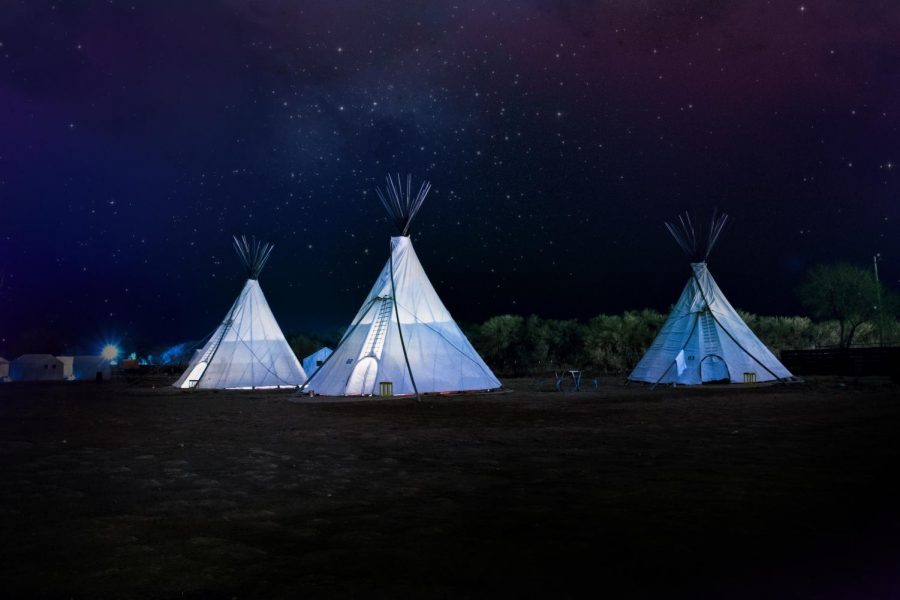Remembering Native American Heritage
December 19, 2018
Native American Heritage month takes place in November of every year since 1990 when President George H. W. Bush allowed a day for the celebration. Later President Barack Obama and President Donald Trump proclaimed November as Native American Heritage Month with their corresponding years.
“The month is a time to celebrate rich and diverse cultures, traditions, and histories and to acknowledge the important contributions of Native people. Heritage Month is also an opportune time to educate the general public about tribes, to raise a general awareness about the unique challenges Native people have faced both historically and in the present, and the ways in which tribal citizens have worked to conquer these challenges,” states the National Congress of American Indians.
The Native American Heritage Month website hosted events all month long for those interested to learn about the deep history of the native people. On November 17 and 18 the Hopi Tribal Festival took place in Arizona. The Hopi people performed music and dance, as well as presented their history. They spoke about the less known Hopi Code Talkers who served in the Army and Air Force during WWII along with the Navajo Code Talkers who served in the Marines as the same time. Both groups of individuals helped the Allies win WWII by translating messages in their native tongue.
The Native American people were some of the first people to play what is considered modern day sports. One of the sports they played was called stickball, or lacrosse. The sports game was played by passing and throwing a ball down the field with only a stick. They would score points by hitting the other team’s goal. This was a very popular game with the Choctaw Indian Tribe.
A tradition that the Plains Indians has as well was the Sun Dance. The Sun Dance was a time that many tribes came together in order to renew their spirits. A Holy Man would go into the forest and select a cottonwood tree to serve as the center pole for the ceremony. The tree was cut down by a man who had shown great bravery and was taken back to the dance site. The ceremony went on for four days allowing short breaks from dancing with out food and drink. As the human sacrifices, the dancers, stood around the central pole, a Holy Man pierced them with “a length of bone” on each side of their chest. The purpose of the dance was to rid their bodies of the extra bone. If they were unable to do so by sunset they were helped by Holy Men who tore the bone out of their skin. After the dance was over they were sent to a medical tent to have their wounds tended to while a Holy Man sung songs to the gods. The reason the dancers volunteered to be sacrificed was for better sword fighting skills or healing powers.
For more information refer to the following websites.
https://www.nativeamericanheritagemonth.gov/
http://www.nativeamericanheritagemonth.gov/about/
http://www.ncai.org/initiatives/native-american-heritage-month
https://www.nlm.nih.gov/nativevoices/exhibition/healing-ways/healing-communities/native-games.html
http://aktalakota.stjo.org/site/News2?page=NewsArticle&id=8668



